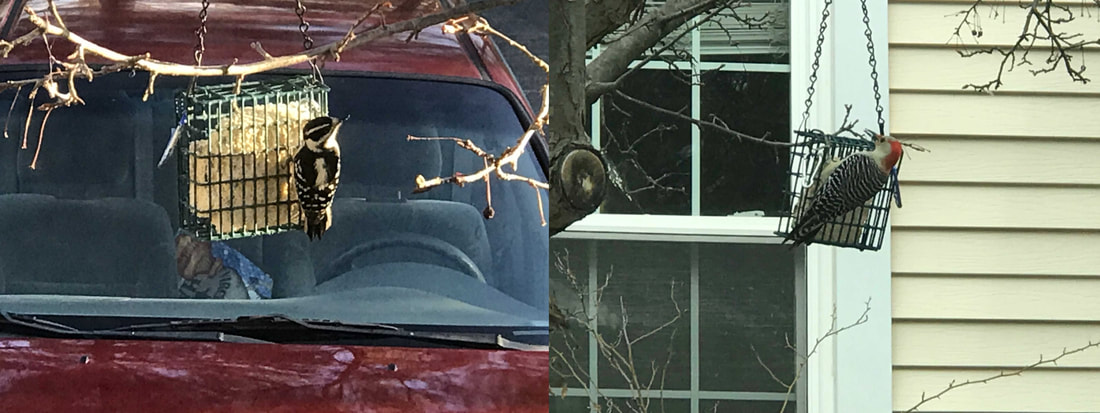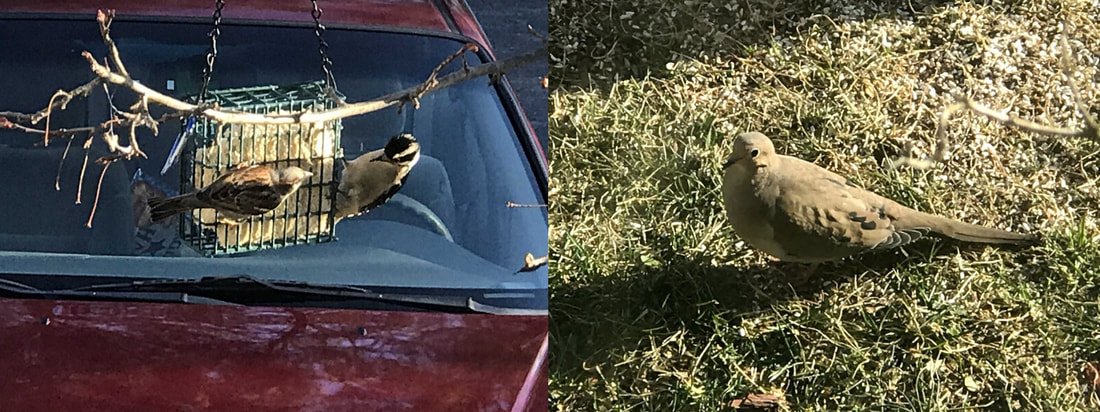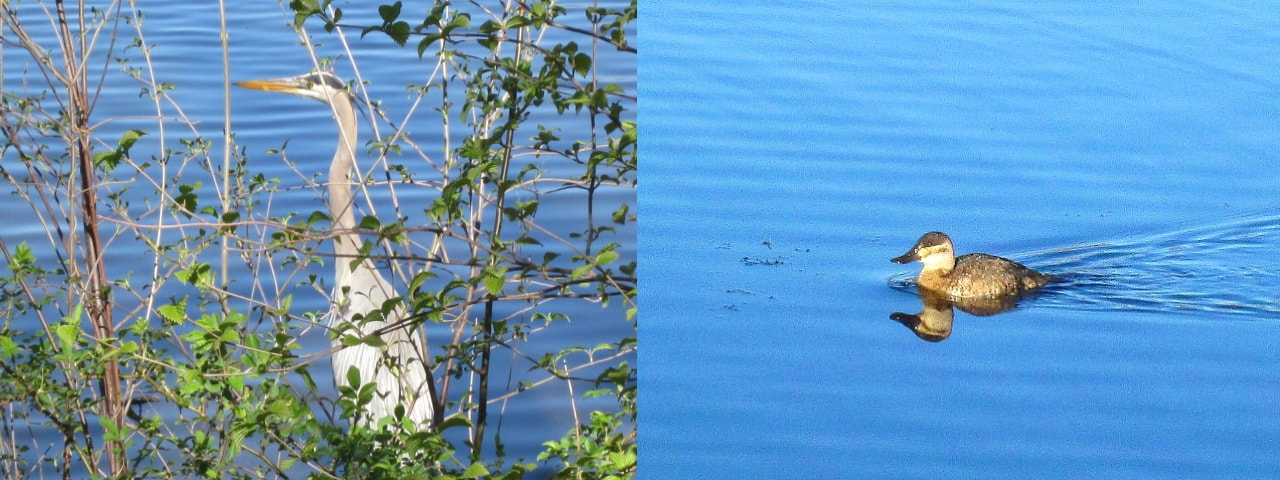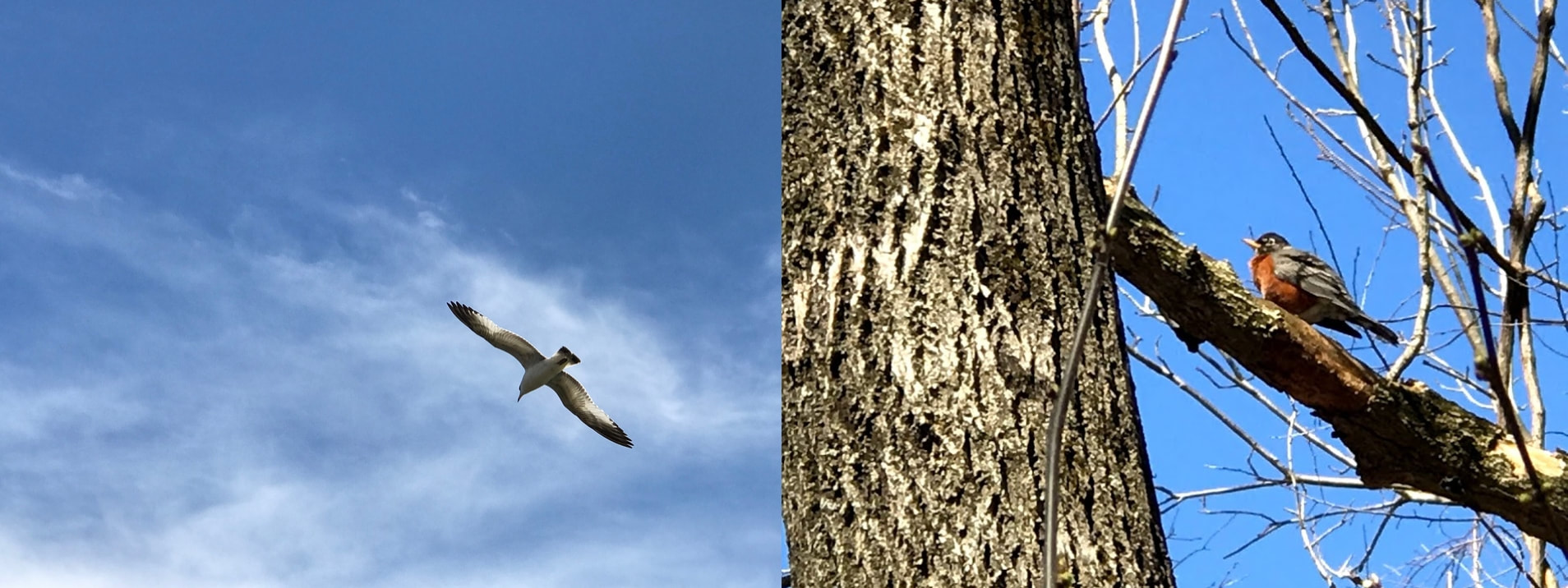|
I am not really the explorer type. Some folks go backpacking into the wilderness for days on end. They sleep on the forest floor, cook their meals (if at all) over a fire, take care of their excretory business in the bushes, and brave ticks and other critters. Not me. I like a comfortable bed to sleep on, nice hot meals cooked on a stove or in a microwave oven, and adequate bathroom facilities. This is not to say that I don’t enjoy hiking in state or national parks, but for me these are affairs that only last a few hours, and the trails that I follow are always relatively close to civilization, which is a good thing as I sometimes get lost even on marked trails! Perhaps some people would argue that I am missing something, the type of communion with nature that can only come from getting away from it all, but I disagree. While my residence is located in good old suburbia, I also happen to live near a small lake that has a pleasant paved hiking trail around it. My neighborhood is also crisscrossed by swaths of woodland and little streams. As a result of this we have quite a rich fauna in our locality, which I have enjoyed looking at and photographing over the years. Sometimes I see an interesting bird or animal out near the lake, and sometimes I don’t even have to leave the house as they come to my bird feeders. So in this post I have decided to present the pictures I have taken over the years of some of the fauna of my neighborhood, all with their respective scientific names of course. The most ubiquitous patrons of my bird feeders are the sparrows (Passer domesticus). These noisy, opportunistic, little guys perch on the seed feeder and the suet feeder, and also roam the ground under the feeders looking for spilled seeds. I also have male and female cardinals (Cardinalis cardinalis) that always show up at the same time, so they may be a couple. Every now and then I get a house finch (Haemorhous mexicanus) which competes with the sparrows for perching on the seed feeder. On the other hand the white-breasted nuthatch (Sitta carolinensis) doesn’t have the stomach for conflict. This nervous little bird waits until everyone else is gone, and then shows up, takes a bite out of the suet feeder or a seed out of the seed feeder, flies away, and repeats the process until it has had its fill. My suet feeder is also frequented by a downy woodpecker (Picoides pubescens) and by the larger red-bellied woodpecker (Melanerpes carolinus). As with the house finch, the sparrows often engage in inter-species conflict with the smaller woodpeckers for access to the suet feeder. In contrast the mourning dove (Zenaida macroura) stays on the ground prospecting for seeds and minds its own business. However, when the starlings (Sturnus vulgaris) turn up, everyone else flees the place. The Starlings are the hooligans of the crowd at my bird feeders. They monopolize the seed feeder, even though they can barely perch on it, and they pile onto the suet feeder and fight each other. Transitioning now to the birds of our lake, I often spot a single great blue heron (Ardea Herodias) which is often seen standing motionless near the shore. If you observe it long enough you will see it thrusting its beak with lighting speed into the water to catch fish. During the Fall and Winter months we have an itinerant population of ruddy ducks (Oxyura jamaicensis). During the winter a flock of herring gulls (Larus argentatus) also make themselves at home in our lake, whereas the robin (Turdus migratorius) is seen from spring to fall. Also from spring to fall you spot a crowd of small skittish birds that are hard to photograph (I don’t have a telephoto lens) like the red duck (Aythya americana) and the hooded merganser (Lophodytes cucullatus), which make our lake a home. I have sometimes seen red-winged blackbirds (Agelaius phoeniceus), which are a bit of a rarity, but even rarer is to see a mute swan (Cygnus olor). In contrast Canada geese (Branta Canadensis) are a more permanent fixture of our lake, but the only birds that you find every day all year around are the mallard ducks (Anas platyrhynchos). Among the remaining birds I’ve seen but have not managed to produce halfway decent photographs of, are coots, grebes, egrets, chickadees, canvasback and ring-necked ducks, scaups, green herons, gold finches, dark-eyed juncos, tufted titmice, blue jays, wrens, hawks, and strangely enough, crows. For several years there was a fallen tree sticking out into the lake that was favored by many of the mallard ducks as a place to rest and soak the sun (note the white albino duck among the flock). When the mallards were not present the turtles emerged from the lake and took over this prized spot. These snapping turtles (Chelydra serpentine) are the only reptiles I will be showing here. I have seen a snake or two, but I could never photograph them before they fled into the bushes. Moving on to mammals, I took a picture of this groundhog (Marmota monax) which had been chased by a dog up a tree. It is rare to be able to get close to a beaver (Castor Canadensis) or photograph one during the day as they are crepuscular (dawn or dusk) creatures, but the animal in the picture below didn’t seem to be doing very well, and sadly it disappeared during the winter of that year. Our lake went a few years without beavers, but they have made a comeback, as we now have an active beaver lodge. My final two pictures are one of a white-tailed deer (Odocoileus virginianus) and one of a cat (Felis catus). Deer in the East Coast of the US are more abundant now due to lack of predators than they were 100 years ago, and while we don’t think of cats as wild animals, there are millions of domestic and feral cats living now in the US which altogether kill a significant number of birds and small mammals every year. I have also seen a couple of foxes, but alas, I didn’t have my camera with me. So, this is the fauna around my neighborhood. What have you seen around yours? The photographs are by the author and can be used with permission.
0 Comments
|
Details
Categories
All
Archives
June 2024
|














 RSS Feed
RSS Feed